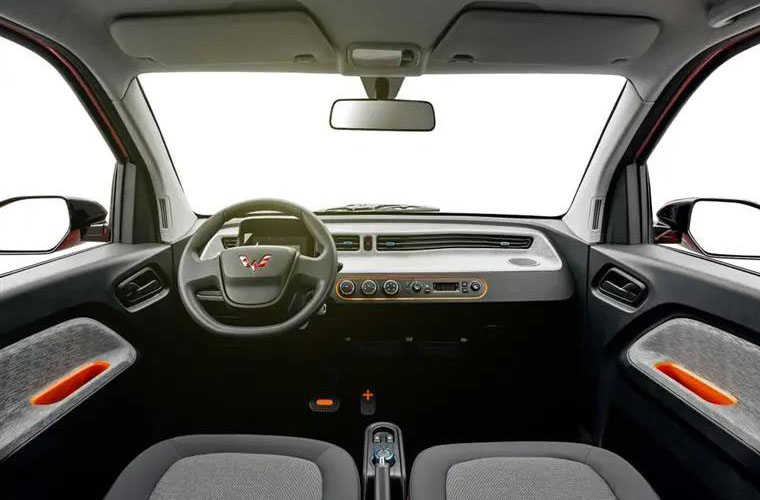Currently, companies that drive passenger cars automatically can be roughly divided into three categories. The first category is a closed-loop system similar to Apple (NASDAQ: AAPL). The key components such as chips and algorithms are made by themselves. Tesla (NASDAQ: TSLA) does this. Some new energy car companies also hope to gradually embark on it. this road. The second category is an open system similar to Android. Some manufacturers make smart platforms, and some make cars. For example, Huawei and Baidu (NASDAQ: BIDU) have intentions in this regard. The third category is robotics (driverless taxis), such as companies such as Waymo.

This article will mainly analyze the feasibility of these three routes from the perspective of technology and business development, and discuss the future of some new power car manufacturers or autonomous driving companies. Don't underestimate technology. For autonomous driving, technology is life, and the key technology path is the strategic path. So this article is also a discussion on the different paths of autonomous driving strategies.
"Android mode" is not a good solution in the field of smart cars.
Many people believe that in the era of autonomous driving, there are also Apple (closed loop) and Android (open) in the field of smart phones, and there will also be heavy-core software providers like Google. My answer is simple. The Android route will not work on autonomous driving because it does not meet the direction of future smart car technology development.

Of course, I would not say that companies such as Tesla and other companies have to make every screw by themselves, and many parts still need to be purchased from accessory manufacturers. But the most core part that affects the user experience must be done by yourself, such as all aspects of autonomous driving.
In the first section, it has been mentioned that Apple's closed-loop route is the best solution. In fact, it also demonstrates that the Android open route is not the best solution in the field of autonomous driving.
The architecture of smart phones and smart cars is different. The focus of smartphones is ecology. Ecosystem means providing various applications based on ARM and IOS or Android operating systems. Therefore, Android smart phones can be understood as a combination of a bunch of common standard parts. The chip standard is ARM, on top of the chip is the Android operating system, and then there are various apps on the Internet. Because of its standardization, whether it is a chip, an Android system, or an App, it can easily become a business independently.


The focus of smart cars is the algorithm and the data and hardware supporting the algorithm. The algorithm requires extremely high performance whether it is trained in the cloud or inferred on the terminal. The hardware of the smart car requires a lot of performance optimization for specific specialized applications and algorithms. Therefore, only algorithms or only chips or only operating systems will face performance optimization dilemmas in the long run. Only when each component is developed by itself can it be easily optimized. The separation of software and hardware will result in performance that cannot be optimized.
We can compare it this way, NVIDIA Xavier has 9 billion transistors, Tesla FSD HW 3.0 has 6 billion transistors, but Xavier's computing power index is not as good as HW3.0. And it is said that the next-generation FSD HW has a performance improvement of 7 times compared with the current one. So, it's because Tesla chip designer Peter Bannon and his team are stronger than NVIDIA's designers, or because Tesla's methodology of combining software and hardware is better. We think the methodology of combining software and hardware must also be an important reason for the improvement of chip performance. Separating algorithms and data is not a good idea. It is not conducive to rapid feedback on consumer needs and rapid iteration.
Therefore, in the field of autonomous driving, disassembling algorithms or chips and selling them separately is not a good business in the long run.
This article is sourced from EV-tech
psp13880916091
Post time: Dec-10-2020



